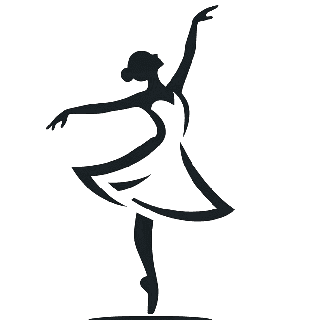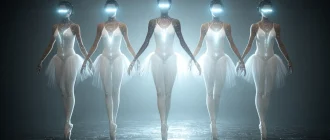Can ballet be an Olympic sport? Exploring this possibility reveals a blend of competing challenges and potential. In this article, we will examine the International Olympic Committee’s criteria, the hurdles ballet might face, and the potential benefits of its inclusion in the Olympics.
Graceful Insights
- Ballet must meet strict criteria for Olympic inclusion, including global participation and a capable governing body for competitions.
- While ballet is primarily seen as an art form, it shares significant similarities with existing Olympic sports, demonstrating its athletic demands.
- For ballet to gain recognition as an Olympic sport, challenges such as subjective judging and artistic integrity must be addressed.
Art de Podcast
| Aspect | Evaluation | Explanation |
|---|---|---|
| Official Recognition | ❌ No | Ballet is not recognized as an official Olympic sport by the International Olympic Committee (IOC). |
| Athleticism Required | ✅ Yes | Ballet requires high levels of athletic skill, strength, flexibility, endurance, and precise technique, comparable to those of recognized Olympic sports. |
| Competitive Framework | ⚠️ Limited | Ballet competitions exist globally (e.g., Youth America Grand Prix, Prix de Lausanne) but lack standardized scoring systems and consistent regulations required for Olympic inclusion. |
| International Appeal | ✅ Strong | Ballet enjoys significant global appeal and is practiced in numerous countries, aligning with the IOC’s desire for international representation. |
| Judging System | ⚠️ Subjective | Ballet judging criteria can be subjective, emphasizing artistry and expression, and are more challenging to standardize compared to more objective Olympic sports. |
| Historical Precedent | ⚠️ Partial | Dance was part of the Olympics in its early history (e.g., artistic competitions from 1912 to 1948), but ballet was specifically never formally recognized. |
| Popularity and Viewership | ✅ High | Ballet performances and competitions attract large audiences worldwide, demonstrating marketable potential for the Olympic stage. |
| Gender Inclusivity | ✅ Excellent | Ballet is highly inclusive, offering male and female dancers equal opportunities. |
| Youth Participation | ✅ Extensive | Strong global youth involvement in ballet aligns well with the Olympic values of youth engagement and development. |
| IOC Consideration Status | ⚠️ Unlikely | Ballet is not actively considered for Olympic inclusion, primarily due to the subjectivity and complexities of judging. |
The Current Olympic Sports Criteria

Recognition by the International Olympic Committee (IOC) is necessary for ballet to be included as an Olympic sport. The IOC mandates that any new sport must align with Olympic values and enhance the appeal of the Games. The initial step involves gaining IOC recognition and filing a petition through its International Federation, ensuring the sport has a capable governing body to organize and regulate international competitions.
Global participation is also essential. A sport must be popular across multiple continents to be considered for the Olympics. Specifically for football, 75 countries compete across four continents in men’s competitions, and 40 countries across three continents in women’s competitions. This ensures the games have widespread appeal and diversity among competitors.
The IOC can only admit new sports if it phases out others, maintaining a balanced program. Ballet must meet these criteria and demonstrate its unique value to the Olympic Games.
Ballet: Art Form or Sport?
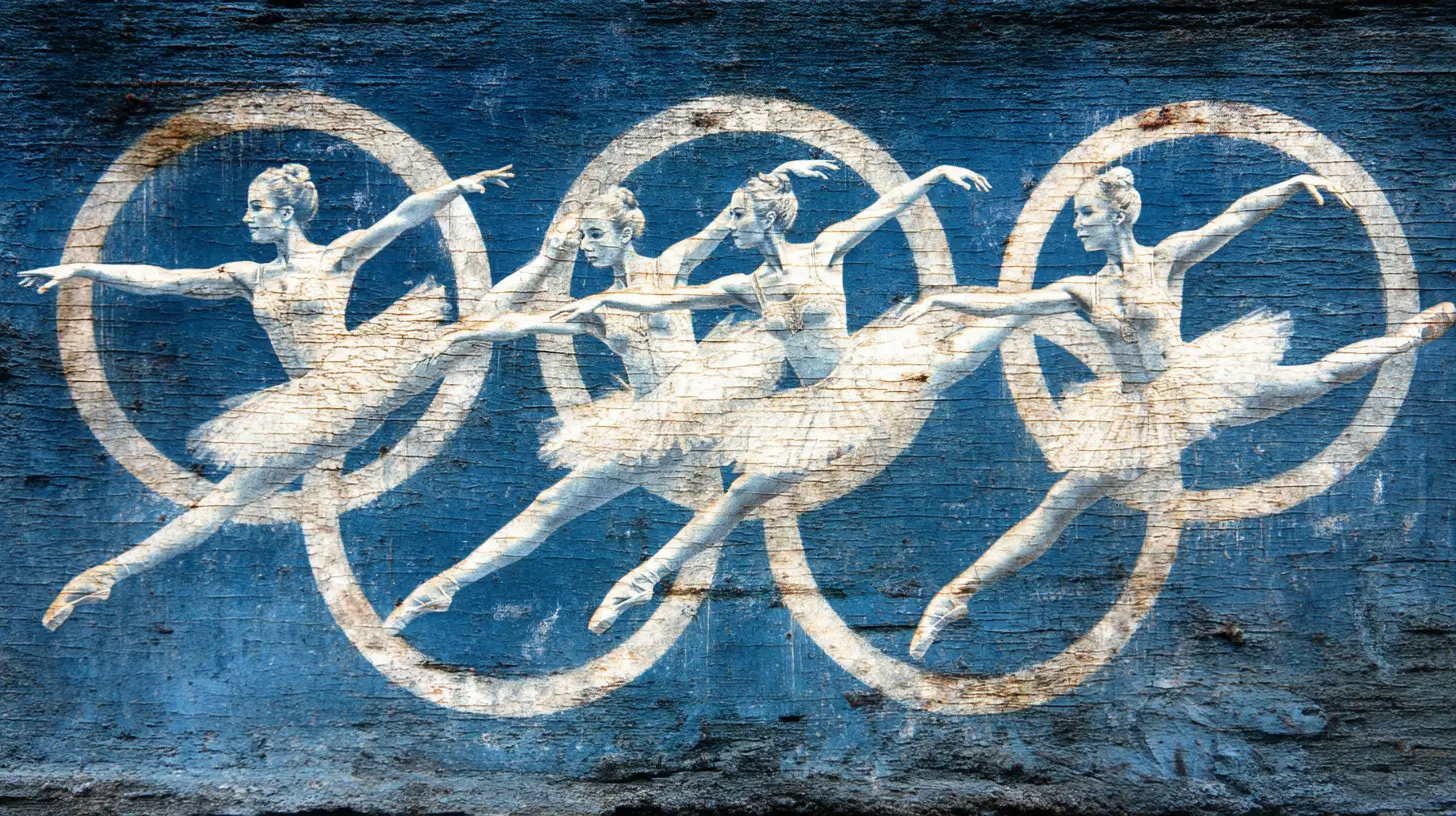
Ballet has long been considered an art form with its roots intertwined in a military culture emphasizing discipline and choreography. Over the centuries, it has evolved through a dynamic exchange of artistic ideas from various cultures, reflecting its rich history and adaptability. This evolution, however, raises an interesting question: Can ballet be both an art form and a sport?
Dancers and enthusiasts often note that ballet shares many of the same artistic and physical elements as Olympic sports, such as figure skating and gymnastics. Like these Winter Olympics events, ballet demands immense physical skill, endurance, and precision.
The World DanceSport Federation recognizes competitive dance as a sport, lending credibility to ballet’s status as a competitive discipline. Ballet competitions, similar to rhythmic gymnastics and artistic swimming, combine artistic expression and technique with athletic prowess.
Olympic inclusion could elevate ballet’s global profile, enhancing its recognition and appreciation as both an art form and a competitive discipline. This duality makes ballet a unique candidate to compete in the Olympics.
Similarities with Existing Olympic Sports
Ballet and ice dancing, as existing Olympic sports, share compelling similarities. Both ballet and figure skating involve artistic expression and athletic performance, requiring dancers and skaters to convey emotion and tell a story through physically demanding routines. Choreography in ballet and ice dancing blends grace with technical skill to deliver captivating performances.
The physical demands of ballet are similar to those in rhythmic gymnastics, requiring extensive training and conditioning for peak performance. Effortless execution of complex movements is a hallmark of ballet and artistic swimming practice.
These similarities underscore the athletic aspects of ballet, making it a suitable candidate for the Olympic stage.
Challenges of Including Ballet in the Olympics
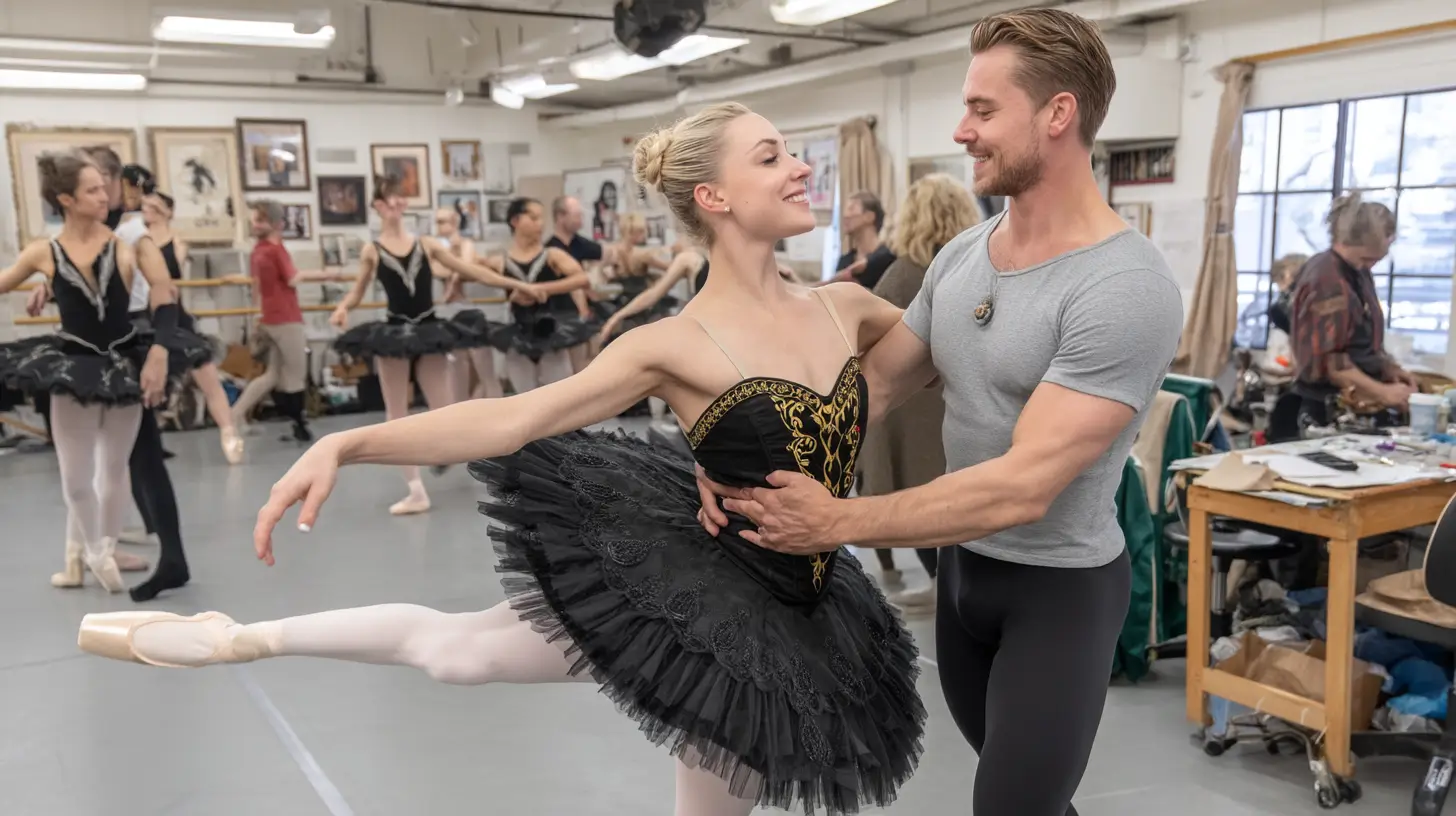
Despite these similarities, ballet faces challenges in becoming an Olympic sport, such as subjective judging, standardizing rules, and maintaining artistic integrity.
These issues must be addressed to pave the way for ballet’s potential inclusion in the Olympics.
Subjective Judging
Subjective judging is a significant challenge for ballet. Unlike sports with objective scoring systems, ballet’s artistic nature leads to varying interpretations by judges, raising concerns about fairness and the integrity of competition. How can an art form of dance, where beauty and expression are inherently subjective, be judged objectively?
This challenge isn’t unique to ballet. Figure skating and gymnastics have also faced criticism over subjective scoring by judges, but have developed detailed systems to mitigate biases. Ballet would need to implement similar measures to ensure consistent and fair judging.
Standardization of Rules
Establishing universally accepted rules for ballet is another complex hurdle. The diversity of styles and interpretations in ballet makes it challenging to develop standardized rules. While this diversity is a strength artistically, it poses a significant challenge in competitive settings.
Rhythmic gymnastics illustrates the potential hurdles ballet might encounter. Rhythmic gymnastics has developed a standardized style and format, striking a balance between artistic expression and athletic performance. Ballet would need a similar transformation, ensuring the game has clear and fair rules applicable across different styles and routines.
Artistic Integrity
A major concern is that competitive formats might compromise ballet’s artistic expression and creativity. Ballet is celebrated for its storytelling and emotional depth through movement and music. Rigid competitive structures could stifle this creativity.
Artistic integrity is crucial for the acceptance of ballet as an Olympic sport. At the same time, sports like artistic swimming strike a balance between athleticism and creative expression; ballet’s unique nature and style make this balance particularly challenging. Ensuring that competitions do not dilute the art form is essential for its Olympic journey.
The Role of the World DanceSport Federation
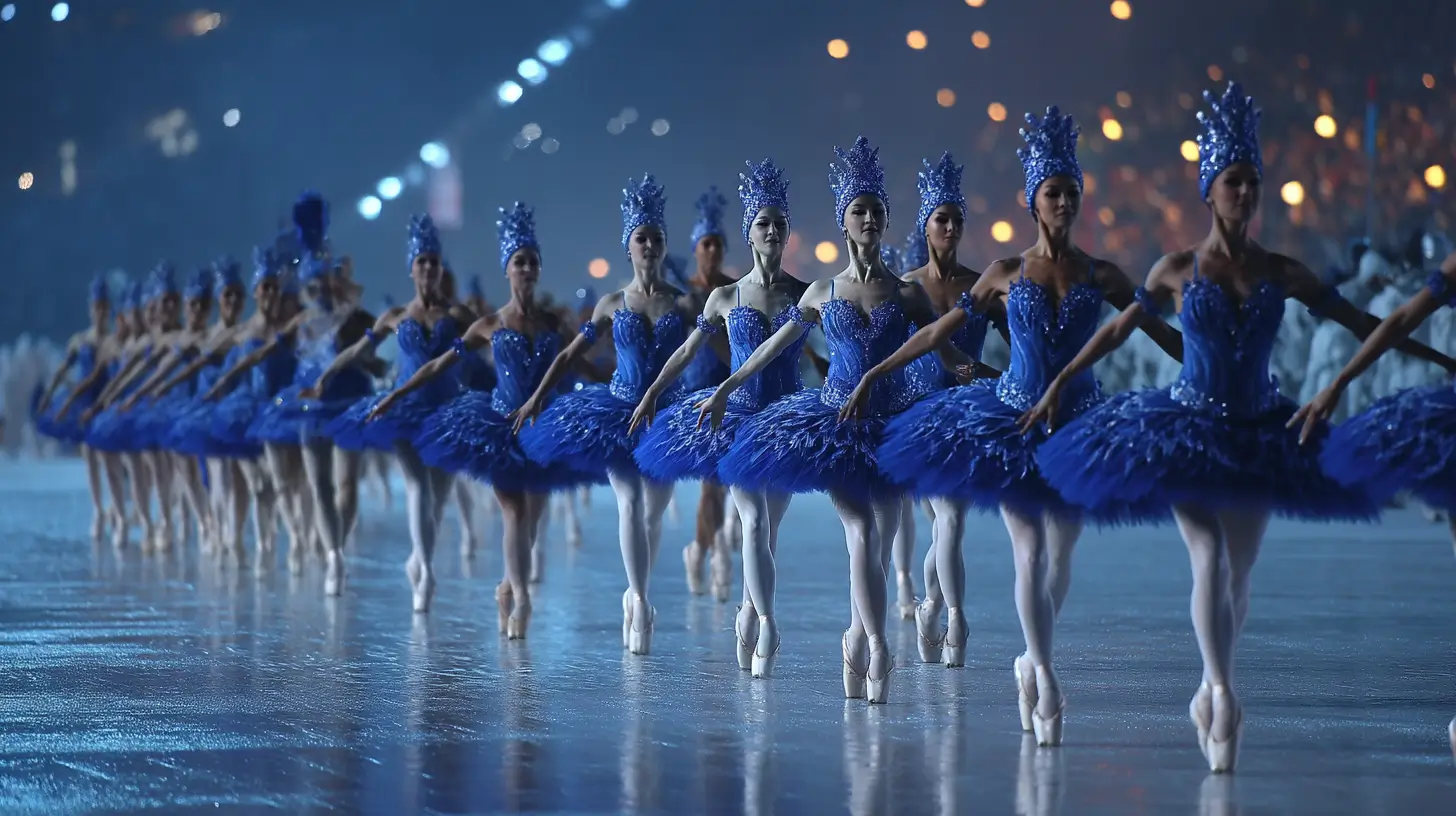
The World DanceSport Federation (WDSF) advocates for dance disciplines to compete in the Olympics. As the global governing body for DanceSport categories, the WDSF organizes competitions to showcase the sportsmanship and athleticism of dance, which is essential for gaining IOC recognition.
Promoting Breaking as an Olympic sport is a significant achievement of the WDSF. Their commitment to aligning DanceSport with Olympic values and attracting a younger audience showcases their strategic approach. The WDSF’s emphasis on community engagement within Breaking ensures athletes have opportunities to succeed internationally, including at the Olympics.
Case Studies: Other Sports’ Journey to the Olympics
Examining the journeys of other sports to the Olympics provides valuable insights for ballet. The emergence of rhythmic gymnastics, along with its established presence, highlights the challenges and successes faced by sports seeking Olympic recognition.
Breaking Competition
The Breaking competition at the Paris 2024 Olympics is a noteworthy example. Rooted in hip-hop culture and music, it emphasizes the importance of honoring this heritage during the Olympics. Featuring 32 dancers, it aims to attract a younger audience and showcases the athletic and artistic components of Breaking. It is scheduled for August 9 and 10 at Place de la Concorde and includes six dancers from each country except the U.S., highlighting its international appeal.
Choi, the first dancer and first American female b-girl to qualify for the Olympics, exemplifies the potential for dance disciplines to gain Olympic recognition. Her journey from a young show dancer to an aspiring gymnast to an Olympic competitor in Breaking underscores the evolving landscape of Olympic sports.
Rhythmic Gymnastics
Introduced in the 1984 Olympics, rhythmic gymnastics blends athleticism and art. This discipline combines elements of dance, jazz, and gymnastics, requiring athletes to perform intricate and complex routines with apparatus such as ribbons and hoops.
The journey of rhythmic gymnastics to Olympic inclusion is a model for ballet. It demonstrates how a sport can preserve its artistic heritage while adapting to competitive standards. Ballet could follow a similar path, striking a balance between creative expression and the rigorous demands of Olympic competition.
What Would It Take for Ballet to Be Included?
Several steps are necessary for ballet to be included in the Olympics, including organized petitioning and advocacy efforts, developing competitive formats that highlight both athletic and artistic components, and building global support from the ballet community.
Petitioning and Advocacy
Including ballet in the Olympics would require organized campaigns, events, and petitions from the ballet community and its supporters. Dancers and organizations must lobby and campaign publicly to raise awareness and garner support for ballet’s inclusion in the Olympics.
This collective effort can help demonstrate the widespread enthusiasm and demand for ballet as an Olympic sport.
Developing Competitive Formats
It is essential to develop a competitive framework for ballet that emphasizes its athletic and artistic components. Establishing a format for ballet competitions that aligns with Olympic standards while maintaining creative integrity is crucial.
This ensures that ballet remains true to its roots while adapting to the requirements of an Olympic sport.
Building Global Support
Mobilizing support from international dancers, dance companies, and audiences is crucial for advocating the inclusion of ballet in the Olympics. Creating a coalition can demonstrate ballet’s global demand and appeal as an Olympic sport.
This collective effort can help pave the way for ballet’s acceptance on the Olympic stage.
Potential Benefits of Ballet as an Olympic Sport
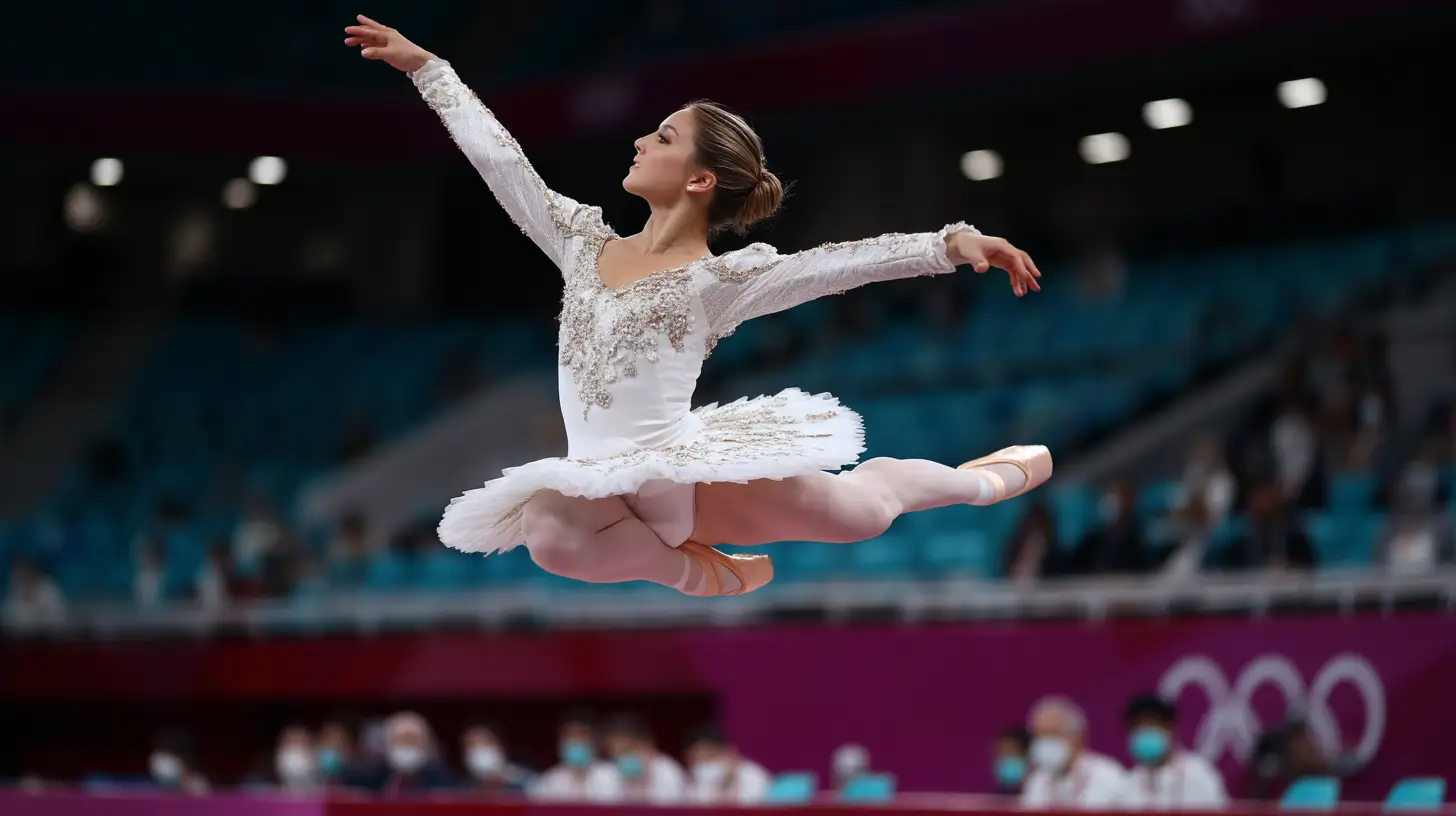
| Potential Benefit | Description |
|---|---|
| Physical Strength and Endurance | Ballet requires tremendous physical stamina, strength, and endurance, much like many Olympic sports, highlighting the athleticism of dancers. |
| Global Cultural Recognition | Introducing ballet to the Olympics would showcase its rich history and cultural importance, promoting it as a global art form with athletic qualities. |
| Precision and Discipline | Ballet demands extreme precision, control, and discipline, paralleling the intense training required in many Olympic sports. |
| Gender Diversity and Equality | Ballet promotes gender inclusivity by offering male and female athletes opportunities and breaking stereotypes about dance as a traditionally female-dominated domain. |
| Creative Expression in Sports | Ballet combines artistry with athleticism, adding an element of creative expression to the Olympic Games, which could draw new audiences to the event. |
| Enhanced Popularity and Participation | Featuring ballet in the Olympics could inspire wider participation in dance and ballet across different countries, increasing its global appeal. |
| Emphasis on Flexibility and Agility | Ballet showcases flexibility, balance, and agility, core physical abilities valued across many Olympic events. |
| Health and Wellness Benefits | Ballet offers various physical health benefits, including improved posture, muscle strength, and coordination, aligning with the Olympics’ focus on health. |
| Potential for New Competitive Formats | Including ballet could lead to innovative competitive formats, such as solos, duets, and ensemble performances, introducing variety to Olympic events. |
| Crossover Appeal with Other Sports | Many Olympic athletes from gymnastics, figure skating, and synchronized swimming could relate to the skills used in ballet, creating a natural crossover. |
The Olympic inclusion of ballet could provide numerous benefits, such as increased visibility, expanded opportunities for dancers, and cultural exchange.
These benefits can elevate ballet’s profile and foster a greater appreciation for its artistic and athletic qualities.
Increased Visibility
The Olympic status would likely lead to broader media coverage of ballet, enhancing public recognition of it as an athletic and artistic discipline. Ballet’s participation in the Olympics would likely draw significant media attention, fostering greater public interest in ballet performances and events.
This increased visibility can showcase ballet to diverse demographics worldwide, promoting its appreciation on a global scale.
Expanded Opportunities for Dancers
Including dance in the Olympics could open doors for increased sponsorships and financial backing for ballet dancers, positively impacting their careers. Olympic recognition could enhance their financial stability and career prospects.
These expanded opportunities can support the growth and development of many dancers at all levels of expertise.
Cultural Exchange
Ballet’s representation at the Olympics could promote cultural diversity by showcasing diverse ballet styles and traditions from around the world. This inclusion would facilitate a platform for sharing diverse dance styles and traditions, enhancing cultural dialogue among nations. The Olympics are already a melting pot of cultures, and adding ballet would further enrich this mix.
Including ballet in the Olympics would celebrate the art form and encourage a deeper understanding and appreciation of cultural nuances in dance. This cultural exchange could foster greater unity and respect among countries, making the Games a celebration of global artistic heritage and physical prowess.
Resume
In summary, the journey to include ballet as an Olympic sport is fraught with challenges, yet rich in potential. Ballet must navigate the International Olympic Committee’s stringent criteria, tackle subjective judging and rule standardization issues, and ensure its artistic integrity remains intact. However, the similarities between ballet and existing Olympic sports, such as figure skating and rhythmic gymnastics, offer a promising blueprint for success.
The benefits of including ballet in the Olympics are manifold. Increased visibility, expanded opportunities for dancers, and the promotion of cultural exchange can elevate ballet’s global profile and enrich the Olympic Games. The road ahead requires organized advocacy, the development of competitive formats, and strong international support, but ballet could indeed leap onto the Olympic stage with these efforts.
